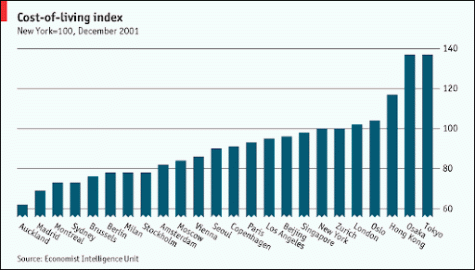May 15 Editorial: The Stars and Beyond
The promise of space travel is irresistible.
One can imagine experiencing the magic of weightlessness in zero gravity, taking the first steps on an entirely new world, or discovering precious metals on a close-by asteroid. Of course, such fantasies were only so, until advancements in technology and understanding now places humanity on the next frontiers of space exploration— to Mars, asteroids, and beyond.
For millennia, humans have observed planet Mars in the night sky. In the most recent decades however, crew-less spacecraft such as Curiosity rover have allowed for scientists to better understand the Red planet’s complex climate and geology.
What is more, human colonization of Mars seems increasingly possible in the next several decades due to efforts from NASA, Mars One, and SpaceX. “Oddly enough, I actually think the odds [of a Mars colony] are pretty good,” said Elon Musk, founder of SpaceX, “I’m certain success is one of the possible outcomes for establishing a self sustaining Mars colony, in fact a growing Mars colony.” Human travel to Mars would mark significant ground in the history of our species, paving the way for scientific understanding of life itself.
Furthermore, private spaceflight companies now look to asteroids as the next “gold rush” in mining rare materials. Asteroid mining has been envisioned as far back as 1898, though economic hurdles may challenge the profitability of the practice. With that being said, the resources able to be collected from asteroids are innumerable: from billions of dollars worth of zinc, copper, silver, and iron to ice that could provide water and oxygen directly to space habitats.
The concepts of Mars colonization and asteroid mining may sound grandiose today, but may become reality in the course of our lifetimes. In this edition of the Armijo Signal, I hope that you are inspired to learn more about the knowledge we can gather from space expeditions and to look towards the stars— and at the future to come.





